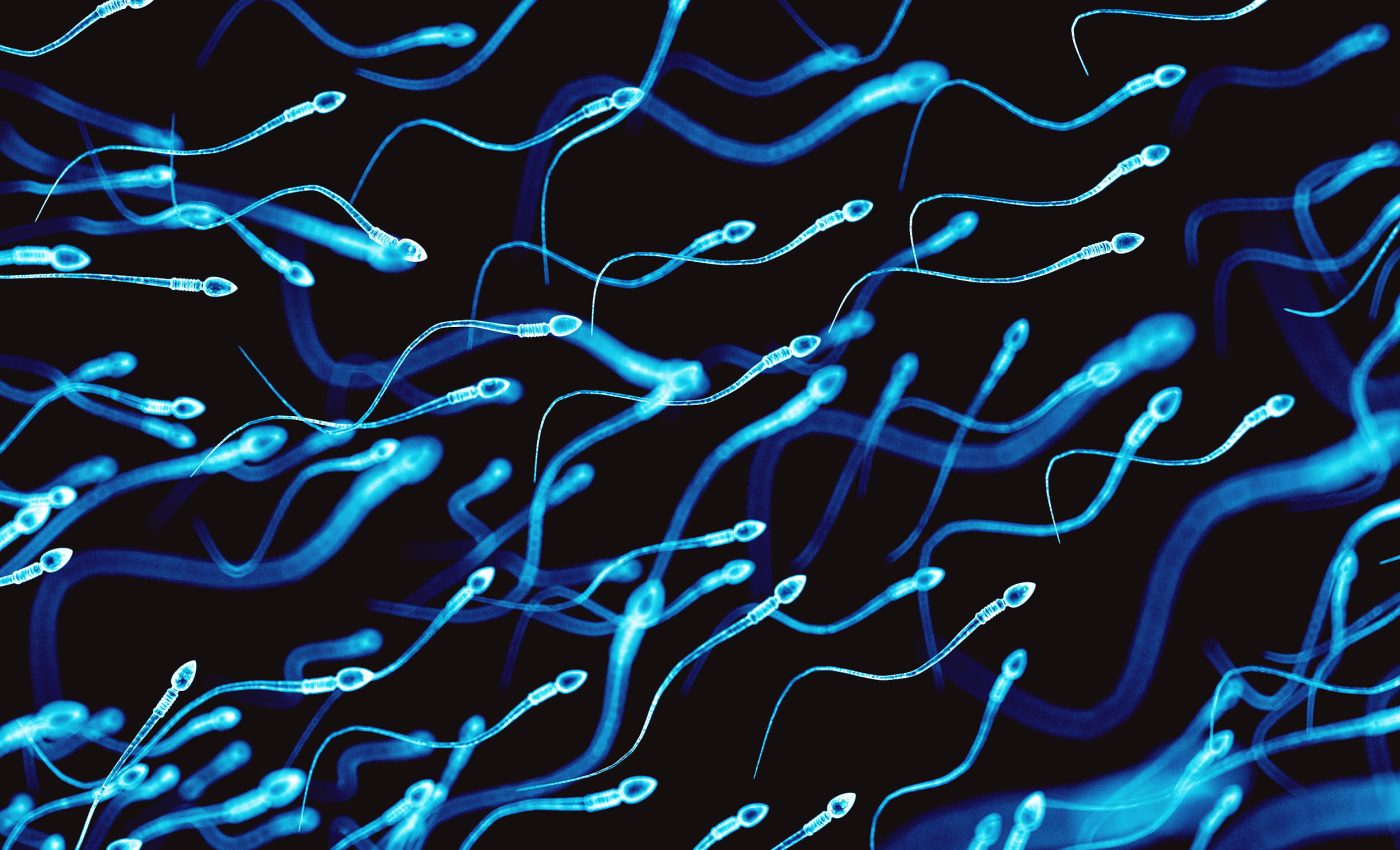
New treatment that helps sperm 'swim' better offers hope for male infertility
Infertility affects roughly one in six people worldwide, according to a World Health Organization report. In about half of those cases, the problem lies with the man, often because sperm can’t swim properly.
Now, scientists in Japan have found a crucial “on switch” that controls how sperm move. Even more remarkably, they’ve shown how to restart this switch in the lab, restoring fertility in mice.
How sperm get moving
For sperm to reach and fertilize an egg, they need to swim straight and strong. This movement depends on chemical signals inside the tail that keep the tiny motor running.
Researchers at Osaka University, led by Masahito Ikawa, discovered a protein that plays a key role in keeping this internal signal stable. Without it, sperm lose energy and stop moving altogether.
Inside each sperm cell is a natural engine that produces the energy and signals required for movement. It works by sending messages through special molecules that tell the tail to start beating.
If this signaling system breaks down, the tail can’t move, and fertilization becomes impossible.
The missing link
The Osaka team found that the sperm engine relies on a helper protein that acts like a stabilizer or brace. Without it, other key components of the movement system fall apart, leaving sperm stranded.
When they bred mice that lacked this stabilizer, the males were completely infertile. Their sperm barely moved, unable to reach or fertilize eggs.
But when the researchers restored the missing signal in the lab, the sperm started swimming again, and healthy baby mice were born.
The researchers pinpointed the chemical process that had failed and replaced it with a lab-made version. That temporary fix was enough to rescue movement and restore fertility.
Restoring sperm movement
To test whether this “restart” approach could work, the team used a recent technique to add a molecule that mimics the sperm’s natural energy signal.
This jump-started the flagging system, and sperm that had been motionless began swimming again.
That small tweak proved enough for fertilization to succeed. The treated sperm fertilized eggs outside the body, and the embryos were implanted into female mice, leading to normal, healthy births.
This is more than a mouse story. The same kind of signal controls human sperm motility, suggesting the same trick could someday help men with unexplained infertility.
Why sperm movement matters
Many men produce enough sperm, but the sperm fail to swim well. Current fertility tests often can’t identify why. That leaves doctors guessing and couples frustrated.
Now, with this discovery, there’s a clear new clue: some sperm may lose their internal stability signal, making them weak swimmers.
Testing for defects in the stabilizing protein could give doctors a concrete answer for some cases.
If that’s the cause, lab treatments could one day mimic the “restart” method used in this study reactivating the movement signal long enough for sperm to fertilize an egg during in vitro fertilization (IVF).
Beyond lab success
The Osaka University study showed that delivering healthy genetic instructions into the testes of infertile mice could restore sperm production. Those mice also went on to have healthy offspring.
Together, these two findings hint at a larger breakthrough: infertility might not always be permanent. With the right signals and tools, even defective sperm could be revived or rebuilt.
The key will be finding safe ways to apply these methods in humans. Lab-made molecules that boost or replace missing signals will need to be tested carefully to avoid side effects or genetic changes.
A new path forward
Male infertility has many causes. Some involve damaged DNA, some involve blocked ducts, and some come from a breakdown in communication inside the sperm cell.
By identifying the “switch” that controls movement, researchers have revealed one of the simplest known ways sperm can fail. More importantly, they’ve shown that it can be fixed.
Future studies will test whether the same signal system operates the same way in humans. If so, a short lab treatment might someday help men with motionless sperm conceive naturally or through assisted methods.
It’s a small molecular switch, but for millions of couples, it could represent a major turning point.
The study is published in Proceedings of the National Academy of Sciences.
—–
Like what you read? Subscribe to our newsletter for engaging articles, exclusive content, and the latest updates.
Check us out on EarthSnap, a free app brought to you by Eric Ralls and Earth.com.
—–













